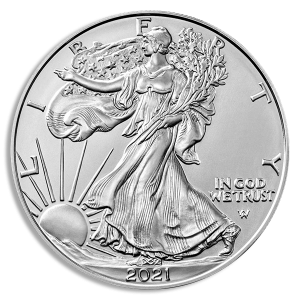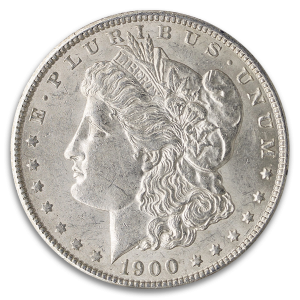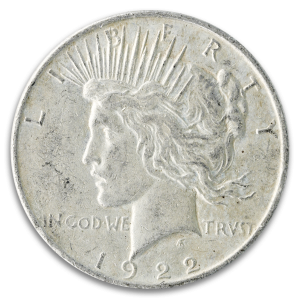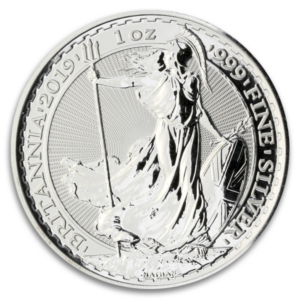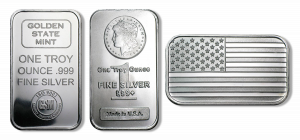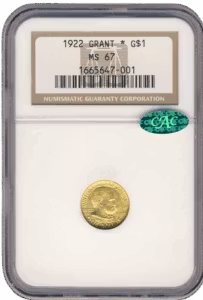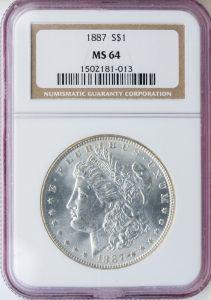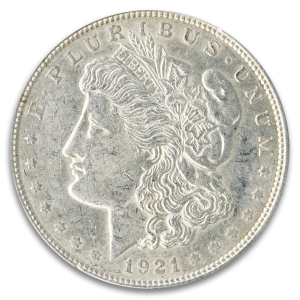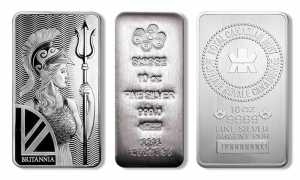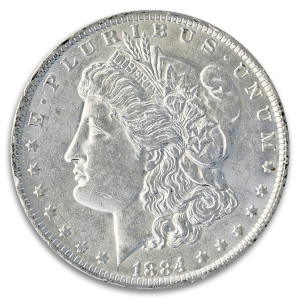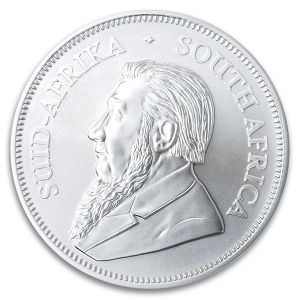$20 St Gaudens Jewelry (Dates/Types Vary)
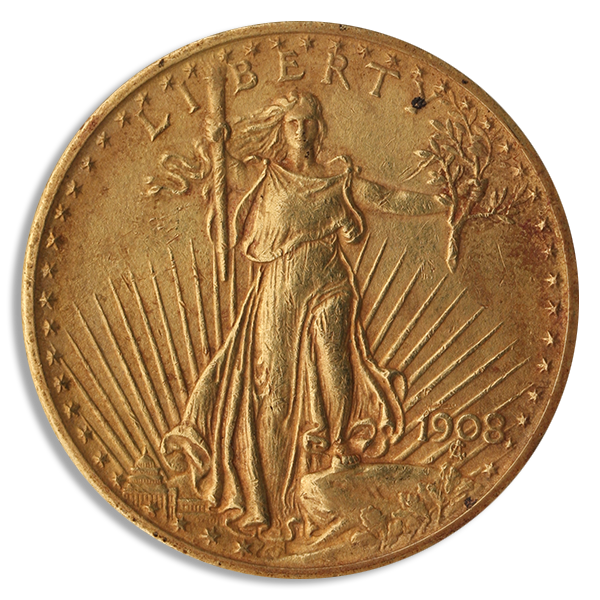


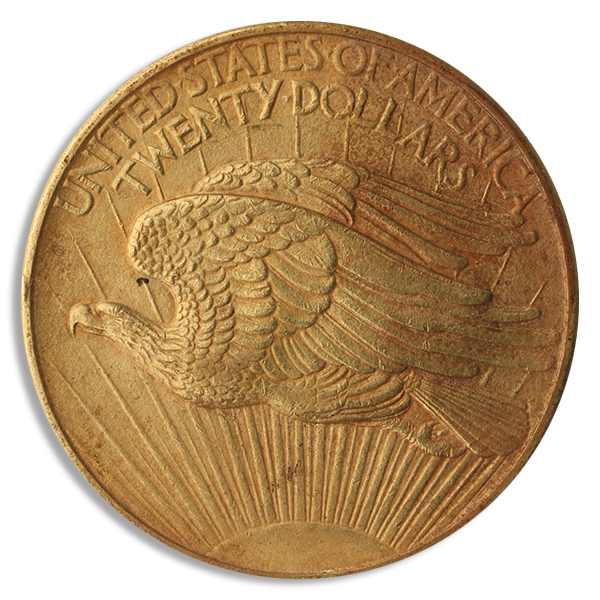

In stock
Order in 1 click2025/12/11
I wish they were open a little longer, for west coast customers.
2025/12/09
So easy to order! Nice people! Have never had a problem with any order over the years!
2025/12/07
Easy
2025/12/05
Great products as always
2025/12/01
Won't use again
2025/11/30
super easy. very good site setup to navigate. I would have liked an email product was shipped. The package was just laid on the front porch. Thankfully I was only away from my home for a short period. Product was perfect. Thank you.
This Type underwent two significant transformations, accompanied by two relatively minor adjustments. The first major alteration occurred in 1908 when the motto IN GOD WE TRUST was introduced to the reverse side. Positioned just above the sun, this motto became a prominent feature. The second major change transpired in 1912 when New Mexico and Arizona attained statehood, resulting in the addition of two stars to the obverse. This modification increased the total number of stars to 48, with the new stars thoughtfully incorporated at the lower right end of the starry arc pattern.
In 1908, a couple of minor refinements were also implemented. The number of eagle tail feathers was adjusted from eight to nine, and on the reverse side, the count of rays was subtly reduced from 34 to 33.
The impetus for introducing the motto into our coinage originated from the advocacy of Reverend Mark R. Watkinson, hailing from Ridleyville, Pennsylvania. The profound religious sentiments stirred within the population by the uncertainties and horrors of the Civil War led Reverend Watkinson to champion this addition. Secretary of the Treasury, Salmon P. Chase, shared this sentiment. Utilizing his discretionary authority over coin inscriptions, Chase initially included the motto on the 2-cent piece in 1864. Originally, the motto was conceived as "In God Our Trust," but Secretary Chase's collegiate ties might have influenced the ultimate wording. Chase was an alumnus of Brown University, whose motto IN DEO SPERAMUS translates to "IN GOD WE HOPE." It is believed that this connection played a role in Secretary Chase's decision regarding the precise phrasing of the motto.
The Coin Act of March 3, 1865, conferred discretionary power upon the Treasury to include the motto "on all coins able to accommodate it." This referred to coins with sufficient size to accommodate the motto. The Mint interpreted this to encompass all silver coins larger than a dime, half eagles, eagles, and double eagles. It wasn't until 1908 that Congress mandated the inclusion of the motto on gold and silver coins. Subsequently, in 1955, Congress passed legislation that enforced the motto's presence on all coins.
Collectors pursue Saint-Gaudens Double Eagles in various ways. Some opt for a single high-grade specimen. Advanced collectors and investors take on the ambitious task of assembling complete sets encompassing all dates and mintmarks, a formidable endeavor demanding deep financial resources and considerable patience. Given that this coin was minted in Philadelphia, Denver, and San Francisco, many collectors aim to acquire one from each of these Mints. Bullion enthusiasts seek out lower-grade pieces as a safeguard against inflation. Notably, coins minted in 1933 were never officially released into circulation, rendering any 1933 coin susceptible to government confiscation.
| Metal | Gold |
|---|---|
| Year |




